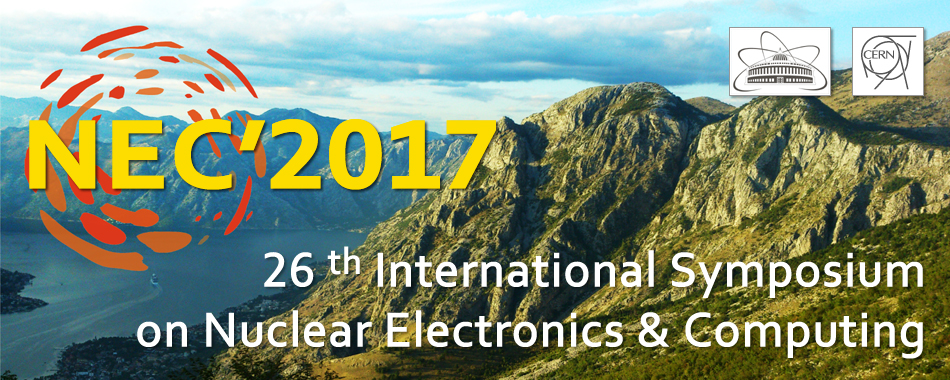Speaker
Dr
Lubomir Dimitrov
(INRNE - BAS)
Description
The higher energy and luminosity of future (HL) LHC imposed the development and testing of new type high-rate detectors as GEM (Gas Electron Multiplier). A monitoring system designed for measurement of the dose absorbed by the GEM detectors during the tests has been recently described [1]. The system uses a basic detector unit, called RADMON. There are in each unit two types of sensors: RadFETs, measuring the total absorbed dose of all radiations and p-i-n diodes – for particle (proton and neutron) radiation. The system has a modular structure, permitting to increase easily the number of controlled RADMONs – one module controls up to 12 RADMONs.
For the first test, a group of 3 GEM chambers called supermodule was installed at the inner CMS endcap at March this years. One RADMON was installed at this supermodule for the dose monitoring. Through the dosimetric system controller, the measured data are transferred to the experiment data acquisition system. The real dose data are registering and will be processed and presented to the NEC 2017.
Authors
Co-authors
Dr
Andrey Marinov
(INRNE - CERN)
Mr
Georgi Mitev
(INRNE - BAS)

